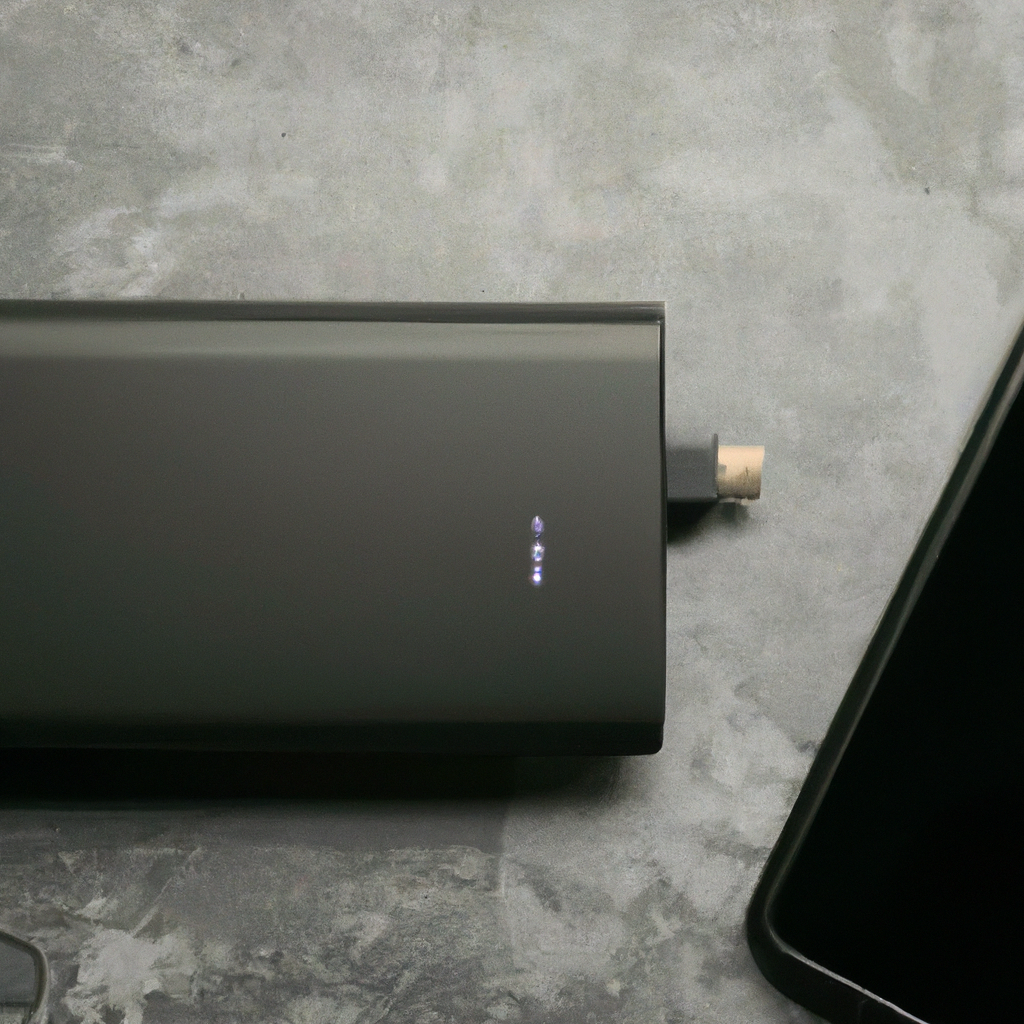Power banks are increasingly becoming an essential accessory for mobile devices, especially in today’s world where we rely on them more than ever. These portable chargers provide battery backup for your devices, allowing you to stay connected and productive on-the-go. In this article, we will explore the question of how power banks work, their benefits, and different types available in the market.
How Power Banks Work

Power banks function as mobile battery packs that can be used to charge devices on the go. They are essentially portable batteries that you can carry with you and use to charge your devices without needing a power outlet. A power bank is made up of a battery, a charging circuit, and a USB charger. The battery is the primary component that stores the energy, while the charging circuit regulates the flow of energy to and from the battery.
The USB charger is the interface that connects the power bank to your device. When you connect your device to the power bank, the charging circuit detects the voltage and current requirements of your device and adjusts the flow of energy to match them. This ensures that your device charges safely and efficiently without overloading the battery.
Benefits of Power Banks
There are many benefits of using power banks:
- Portability: Power banks are small and lightweight, making them easy to carry around in your bag or pocket.
- Convenience: You don’t need to be near a power outlet to charge your device; you can charge it anywhere, anytime.
- Extended battery life: With a power bank, you can extend the battery life of your device, allowing you to stay connected and productive for longer.
- Compatibility: Power banks are compatible with a wide range of devices, including smartphones, tablets, laptops, and more.
- Cost-effective: Power banks are affordable and can save you money in the long run by extending the life of your devices.
Types of Power Banks
There are several types of power banks available in the market:
Universal Power Banks
These power banks are compatible with a wide range of devices and come in different capacities. They are suitable for charging smartphones, tablets, and other small devices.
Solar Power Banks
These power banks have a built-in solar panel that can be used to charge the battery. They are ideal for outdoor activities such as camping and hiking, where access to a power outlet may be limited.
Laptop Power Banks
These power banks are designed specifically for charging laptops and other large devices. They have a higher capacity than universal power banks and come with different types of connectors to fit different laptop models.
Wireless Power Banks
These power banks use wireless charging technology to charge devices without the need for cables. They are ideal for charging smartphones and other small devices that support wireless charging.
Conclusion
In conclusion, power banks are a convenient and cost-effective way to extend the battery life of your devices. They are available in different types and capacities, making it easy to find one that suits your needs. By understanding how power banks work, you can make an informed decision when choosing the right one for your needs. With a power bank in your pocket, you can stay connected and productive wherever you go.






